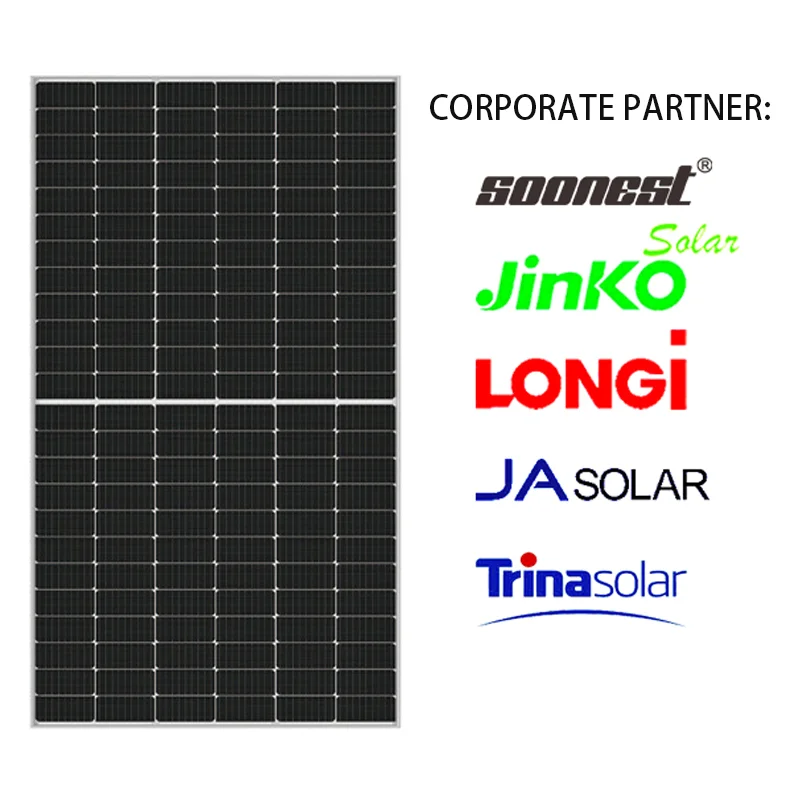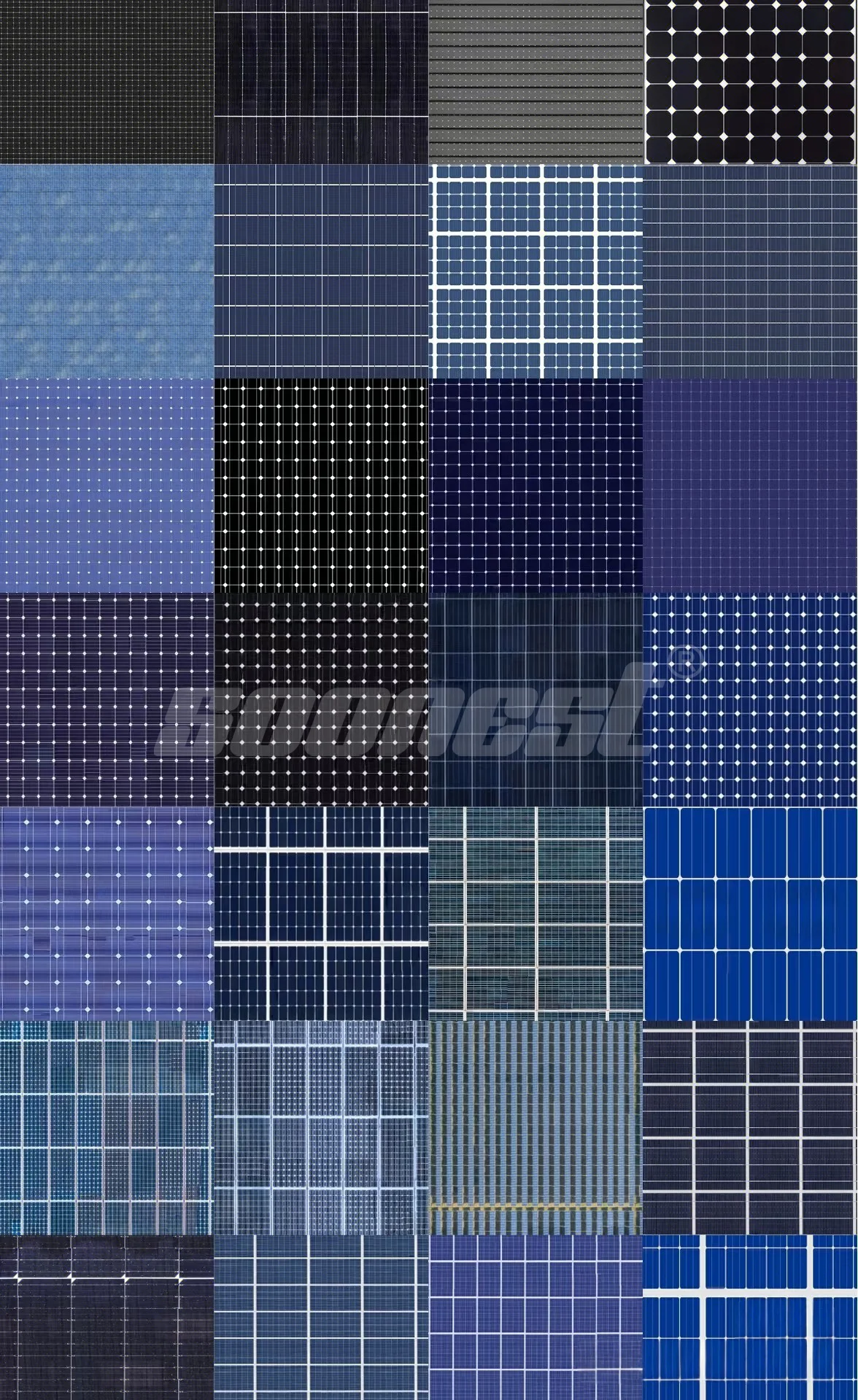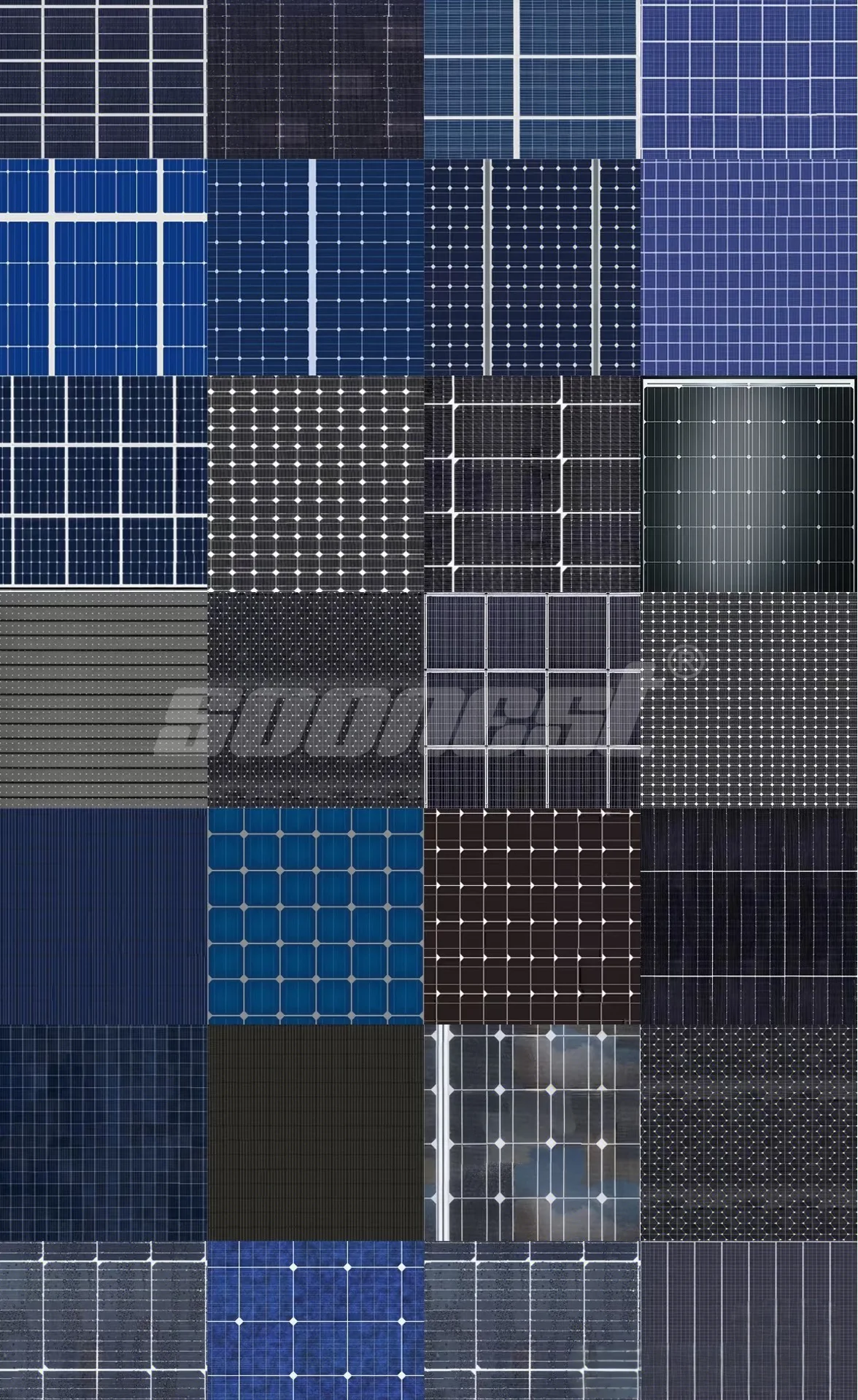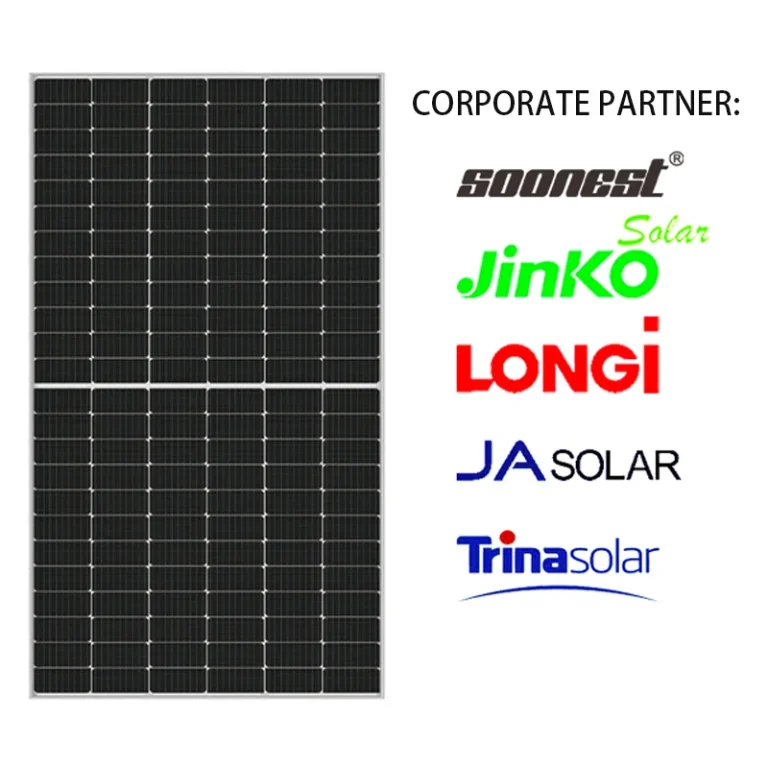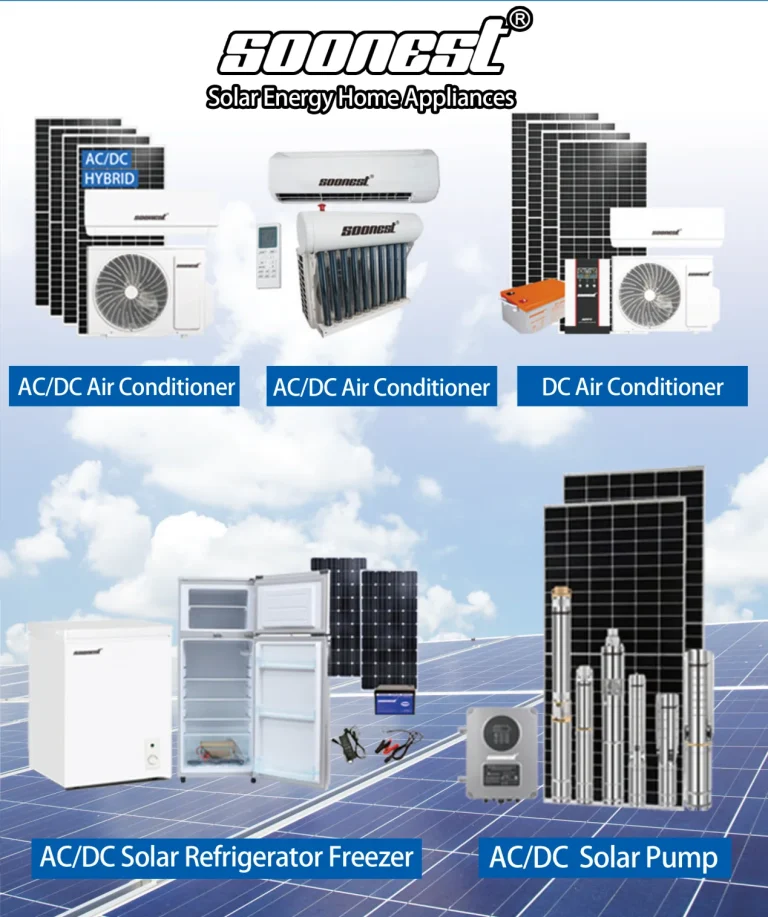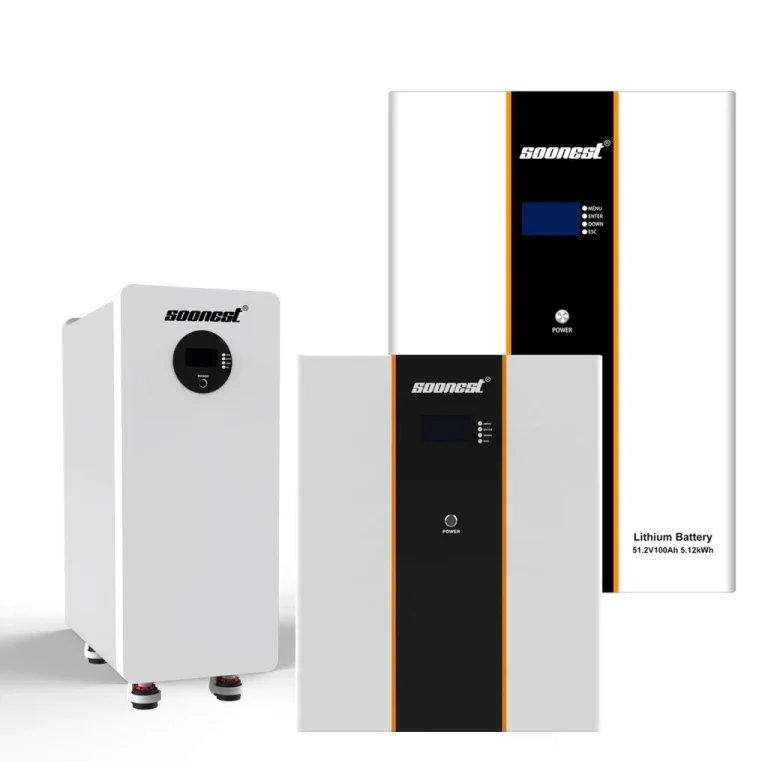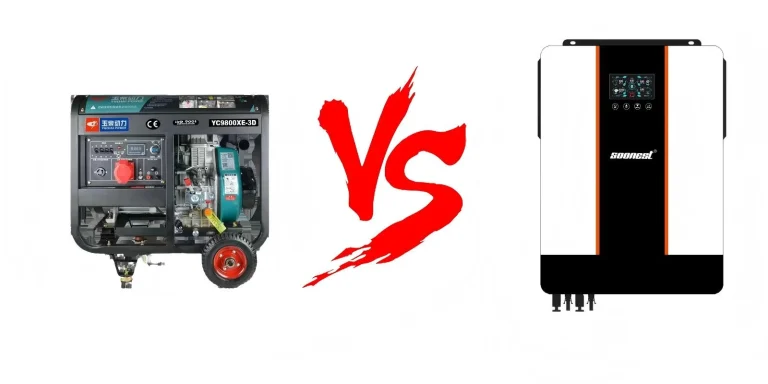Hey, pals! Let’s dive into the awesome world of solar panels! This guide will help you pick the best solar panel for your house or shop. It depends on your weather and if you want to store extra power. We think Soonest has some fantastic solar panel choices you gotta see. Before you buy, think about how much electricity you use, where you live, and any great deals that can save you cash. We’ve also answered some questions about choosing panels, their certifications, and how they work with other stuff.
What Should You Know About How Solar Panels Work?
Solar panels grab sunlight. They turn it into power with a neat trick called the photovoltaic (PV) effect. Sun rays hit the panel’s cells. These cells are mostly silicon. The rays make tiny bits called electrons dance around. Those dancing electrons create a stream of direct current (DC) power. Then, a smart tool called an inverter switches this DC to alternating current (AC).
What Are the Main Types of Solar Panels You Can Choose From?
Picking the right solar panel is super important. It helps you get tons of energy. It also saves you money over time. Each type has its fun features. These fit different places and needs.
How Do Monocrystalline Solar Panels Work in Real Life?
Monocrystalline panels come from one big crystal. They look smooth and black. They’re great at turning sunlight into power. In 2024, they hit efficiencies of 20% to 24.8%. For example, JinkoSolar’s Tiger Neo reaches 24.8%. Maxeon 7 gets 24.1% (NREL, 2023, nrel.gov). They don’t need much space. So, they’re perfect for tiny roofs.
These panels make lots of power in a small spot. They last a long time. Their silicon is super clean. But they cost more than other kinds. In 2023, they were a big hit. They made up 85% of solar panel shipments worldwide (Wood Mackenzie, 2024, woodmac.com).
Are Polycrystalline Solar Panels Still a Good Choice Today?
Polycrystalline panels are made by melting lots of silicon bits. They have a blue, spotty look. They do a nice job of making power. In 2024, their efficiencies are 16% to 18% (SEIA, 2023, seia.org). They’re cheaper. They cost about $0.20–$0.25 per watt. That’s 10%–15% less than monocrystalline (BloombergNEF, 2024, bnef.com). Making them is easier. This saves you cash.
But they need more room to make the same power as monocrystalline panels. They’re not as common now. In 2023, they were less than 10% of the market (SEIA, 2023, seia.org). If you have lots of space and want to save money, these are a solid pick. Soonest offers polycrystalline solar panel options. They work great and won’t empty your wallet.
What Makes Thin-Film Solar Panels Different from Others?
Thin-film solar panels come in types like amorphous silicon (a-Si), cadmium telluride (CdTe), and copper indium gallium selenide (CIGS). They’re light and flexible. They handle shade or hot weather better than other panels. In 2024, their efficiencies are 12% to 19%. For example, First Solar’s CdTe Series 7 reaches up to 19% (Fraunhofer Institute, 2024, fraunhofer.de).
These panels are perfect for weird spots. Think curved roofs or portable setups for RVs or greenhouses. Soonest has thin-film solar panels. They’re modern and fit well where regular panels don’t.
How Do These Panel Types Compare Based on Key Factors?
To find the best solar panel, think about a few important things. How much power do they make? How long do they last? How much space do they need? And how much do they cost over time?
Which Type Makes the Most Power?
Monocrystalline panels are the best at making electricity. Their single-crystal design helps them hit efficiencies of 20%–24.8%. Polycrystalline panels come next, with 16%–18%. Thin-film panels are lower, at 12%–19%. But they’re handy for lots of setups (NREL, 2024, nrel.gov).
How Long Do They Last?
Monocrystalline and polycrystalline panels last 25 years or more. They lose only 0.3%–0.7% of their power each year. Thin-film panels lose power faster, about 1%–1.5% per year. So, their warranties are shorter (RatedPower, 2025, ratedpower.com). But they still work fine in nice weather.
How Much Space Do They Need?
If your roof is small, monocrystalline panels are awesome. They need about 4–5 square meters per kilowatt. Polycrystalline panels need a bit more, around 5–6 square meters per kilowatt. Thin-film panels take up the most space, about 7–10 square meters per kilowatt (NREL, 2024, nrel.gov). But their flexible nature helps with odd spots.
How Does Cost Affect Your Savings?
Monocrystalline panels cost more at first. But they save money faster because they make more power. Their levelized cost of electricity (LCOE) is $30–$50 per MWh. Polycrystalline panels are a middle option. Their LCOE is $35–$55 per MWh. Thin-film panels are cheaper to buy. But their LCOE is $40–$60 per MWh. So, savings take longer (IRENA, 2023, irena.org).
Which Type Is Best for Your Needs?
The right solar panel depends on what you’re powering. Is it a small house or a big shop? It also depends on the weather where you live.
How Are Home and Business Needs Different?
For homes with small roofs or if you like a neat look, monocrystalline panels are often the best. Their smooth black style blends well with most roofs. They give great results. For business buildings where looks don’t matter as much, polycrystalline panels are a budget-friendly choice. They still work super well.
How Does Weather Affect Performance?
In hot or cloudy places, thin-film panels shine. They handle heat well. They also work okay in low light. But if you have bright, steady sunshine, monocrystalline panels give you the most power over time.
Do These Panels Work with Other Energy Tech?
Yes, all three types work with cool tools like smart inverters and batteries. These store extra power. How the system is set up matters more than the panel type. But high-efficiency panels, like monocrystalline, make more power in less space. So, batteries don’t have to work as hard.
Why Choose Soonest for Your Solar Panels?
If you want trusty, modern solar panels, Soonest is a great pick. They use top-notch materials. They follow strict rules for making all their products—monocrystalline, polycrystalline, and thin-film. Whether you’re setting up a home roof or a big factory, Soonest has options that fit. Their warranties are solid. Their support team is always there to help.
Soonest puts a lot into research and new ideas. Their solar panels use the latest tricks. They stay strong even in tough weather. You can rely on them for years.
What Should You Do Before Buying a Solar Panel System?
Before you buy, take a few steps to make a wise choice.
Did You Get a Site Check?
Have an expert check your roof. They’ll look at its angle. They’ll check for shade from trees or buildings. They’ll see if it’s strong enough for panels. They’ll also look at local rules for connecting to the power grid. This makes sure your system works great where you live.
FAQs
Q1: How Do I Choose the Best Solar Panel from Soonest’s Catalog?
A: Start by checking how much power you use every day. Look at your electric bills. See your kilowatt-hour (kWh) needs. Then, measure the space you have, like your roof size. Next, go to Soonest’s website. They show all their solar panels, sorted by type. Each panel has details like power output and efficiency ratings.
Q2: What Certifications Do Soonest Solar Panels Have?
A: Soonest’s solar panels meet important standards like IEC61215 and IEC61730. These cover safety and performance. They also follow ISO9001 for quality control. These certifications mean the panels are built to last. They work well anywhere.
Q3: Can I Mix Different Solar Panel Types?
A: Yes, you can. But it’s not easy. You’ll need special tools to manage power from different panel types. This keeps everything running smoothly.

